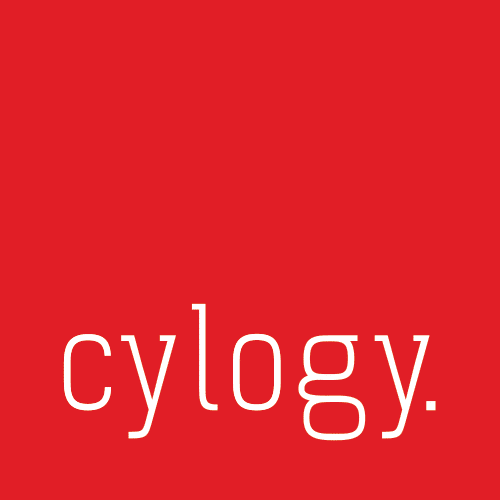The latest feature to be launched is Sitecore Experience Edge, which was officially announced in December and will be available in early-2021. This is yet another step in Sitecore’s headless CMS journey and has benefits for both marketers, who are able to publish more effortlessly to different channels, and developers, who are provided with more muscle when supporting the delivery of content across different sites and apps.
What is Sitecore Experience Edge?
In the words of Sitecore themselves, Sitecore Experience Edge is a “new SaaS-based platform for headless content delivery at scale to any customer touchpoint”. The initial release will come in two offerings, one available through Sitecore Experience Manager and another through Sitecore Content Hub, providing “options for JAMstack architecture” across two of Sitecore’s flagship products. From a technical perspective, the new feature supports headless content delivery by exposing CDN-backed GraphQL endpoints for consuming data from both Content Hub and Experience Manager, ultimately enabling content flows across multiple channels. The offering also provides the ability to serve edge-resident static JSS sites from Experience Manager.
What does this mean for digital marketing teams and Sitecore developers? Here are six reasons why we think the release of Sitecore Experience Edge is good news.
1. More content flexibility in a multi-channel world
One of the exciting aspects behind Experience Edge is that it equips marketing teams with the flexibility to serve up content in a rapidly evolving and increasingly complex multi-channel world. The number of ways we are able to consume content is increasing – for example, through smart watches and voice-activated digital assistants like Amazon Alexa – but few marketing teams are even considering these channels at the moment. A tool like Experience Edge hugely reduces the barrier to entry to engage with customers through these channels, resulting in reduced costs and effort, as well as greater ease of execution.
2. Greater agility and speed to market
The last year has proved what a volatile world we live in, and as a result, marketers need to be more agile, more responsive to customer need, and quicker to react. Agility was one of the essential characteristics of a good digital team which Paige O’Neill, Sitecore’s CMO, highlighted in her keynote at the 2020 Sitecore Symposium. Here, elements such as the ability to work with shorter planning cycles and quicker campaign execution are important, and we think Sitecore Experience Edge can certainly contribute to this through features like fully enabling content preparation and development activity to be done in parallel rather than sequentially.
3. Reducing the effort for development teams
We think Experience Edge is also great news for technologists and development teams. It dramatically reduces the complex and potentially time-consuming development work that might have previously been required to pave the way for delivering multi-channel experiences. This means the time and effort of busy development teams can be directed toward more valuable activities. This reduction in complexity also helps content delivery more scalable and should also improve performance in a multi-channel environment.
4. Evolution will raise Sitecore’s reputation for headless
Like all features of the Sitecore platform, Experience Edge will continue to receive investment as new additional capabilities are added. This means that the solution will evolve to become both more powerful and woven into the fabric of the Sitecore ecosystem with increasingly tight integration. For example, personalization is already being mentioned as being on the roadmap.
Sitecore has already made considerable movement in the headless space with existing features such as Sitecore JSS. Experience Edge extends headless options, and as it gets better and better, we think this will mean that headless capability may be considered as a major strength of Sitecore in the same way that personalization and marketing automation are often a core feature of business cases.
5. Enabling the right mindset
One of the things we continually observe with teams who work with Sitecore – both on the marketing and the development side – is that by making previously difficult tasks far more achievable, it encourages more experimentation and innovation. For example, with Experience Edge making content delivery to devices such as voice assistants more feasible, it means marketing teams will start to consider this as an option.
Similarly, .NET developers who may not have worked with Sitecore before are now able to get involved. Enabling a more innovative and even “multi-channel” mindset right across the digital team is good news for everybody.
6. Paving the way for SaaS
In the past year or so, Sitecore has made a clear commitment to making the whole of the Sitecore platform available as “pure SaaS”. The rolling out of Experience Edge as a SaaS offering makes sense on a number of levels, but is also consistent with the SaaS roadmap it has committed to. We think the introduction of what is being branded as “Content-as-a-Service” makes another contribution to helping digital teams adjust to what we believe is a fundamental and very exciting evolution of the platform.
Need more information? Get in touch!
We’re excited about the roll-out of Sitecore Experience Edge and the continuation of Sitecore’s headless and SaaS journey. If you’d like more information or to discuss the opportunities it may bring, then get in touch!




